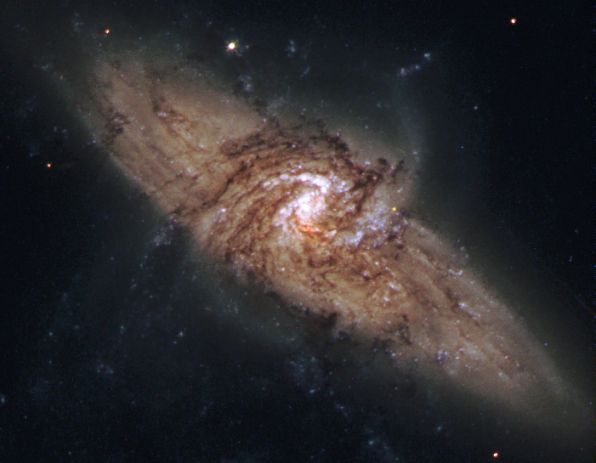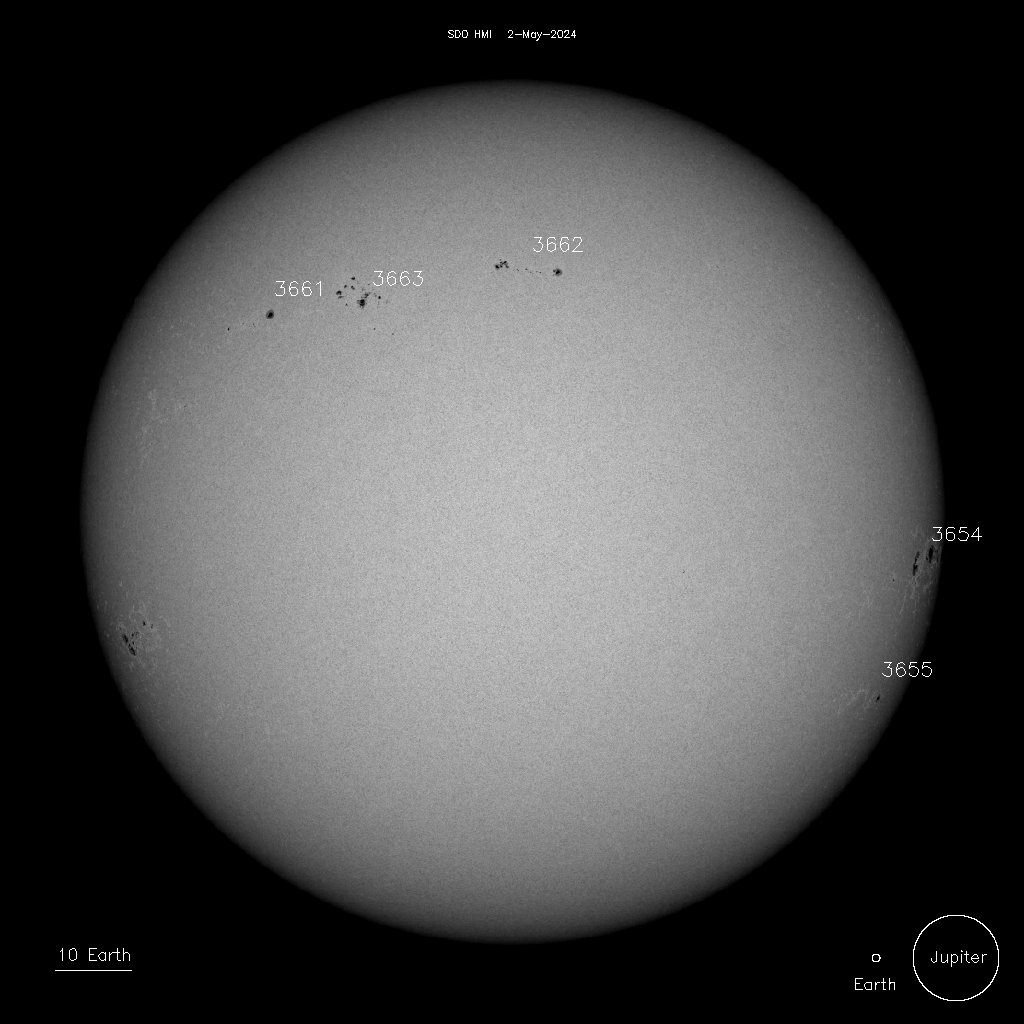Ho così pensato, come fatto per GalaxyZoo1, di scrivere un post su GalaxyZoo2.
Essendo presenti numerose informazioni in Inglese il post è solo in Italiano.
--------------------------------------------------------------------------------------------
The information, in Italy, on GalaxyZoo are not very common except little article on some specialized magazines and websites.
I thought so, as for GalaxyZoo1, to write a post on GalaxyZoo2.
There are many details in English so the post it's only in Italian.
Come detto nel post sul GalaxyZoo1 la storia di questo affascinante progetto non è finita.
L'enorme interesse suscitato dal lancio del progetto GalazyZoo e la rapidità dei risultati raggiunti fanno intravedere, al Team di GalaxyZoo, la possibilità di proseguire con un nuovo progetto.
Tale ipotesi si concretizza il 20 ottobre 2008 con il lancio della versione Beta del sito ed il 16 febbraio 2009 con il lancio del sito definitivo.
Nasce così GalaxyZoo 2.
Dall'iniziale numero di oggetti di GalaxyZoo 1 viene selezionato un campione più ristretto di 250.000 oggetti, presi fra quelli più vicini, più luminosi e più interessanti.
Rispetto al progetto originario non viene richiesto di superare un test d'ingresso.
Ai partecipanti è richiesta una maggiore precisione ed una più approfondita classificazione delle immagini.
Non è sufficiente indicare la semplice morfologia della galassia ma viene richiesta l'analisi di più fattori.
Di seguito le possibili opzioni.
 Anche questa volta la risposta degli zooties, così si chiamano i partecipanti al progetto, è entusiasta. Già nella versione beta vengono raggiunti interessanti risultati.
Anche questa volta la risposta degli zooties, così si chiamano i partecipanti al progetto, è entusiasta. Già nella versione beta vengono raggiunti interessanti risultati.
Il giorno del lancio della versione definitiva si raggiungono migliaia di classificazioni.
Il progetto partecipa all'evento "100 ore di astronomia", nell'ambito dell'anno internazionale dell'astronomia, ponendosi l'obiettivo di raggiungere un milione di classificazioni in tale periodo. Il risultato è stato superiore alle aspettative. Il milione di classificazioni si raggiunge in 72 ore ed alla fine della "maratona" le classificazioni saranno 2.617.570.
 Questi numeri fanno parte di un insieme più grande. Il 2 aprile il progetto supera già i 20 milioni di classificazioni.
Questi numeri fanno parte di un insieme più grande. Il 2 aprile il progetto supera già i 20 milioni di classificazioni.
Il nuovo progetto richiede un maggior numero di 'click' rispetto all'originale ma è sicuramente altrettanto avvincente.
L'invito a tutti è provare, ricordando comunque che si tratta di un progetto scientifico e non di una gara, e che anche poche classificazioni possono contribuire.
Non dimenticate di consultare anche il forum ed il blog ufficiali.
La storia continua ...
Half65
I thought so, as for GalaxyZoo1, to write a post on GalaxyZoo2.
There are many details in English so the post it's only in Italian.
Come detto nel post sul GalaxyZoo1 la storia di questo affascinante progetto non è finita.
L'enorme interesse suscitato dal lancio del progetto GalazyZoo e la rapidità dei risultati raggiunti fanno intravedere, al Team di GalaxyZoo, la possibilità di proseguire con un nuovo progetto.
Tale ipotesi si concretizza il 20 ottobre 2008 con il lancio della versione Beta del sito ed il 16 febbraio 2009 con il lancio del sito definitivo.
Nasce così GalaxyZoo 2.
Dall'iniziale numero di oggetti di GalaxyZoo 1 viene selezionato un campione più ristretto di 250.000 oggetti, presi fra quelli più vicini, più luminosi e più interessanti.
Rispetto al progetto originario non viene richiesto di superare un test d'ingresso.
Ai partecipanti è richiesta una maggiore precisione ed una più approfondita classificazione delle immagini.
Non è sufficiente indicare la semplice morfologia della galassia ma viene richiesta l'analisi di più fattori.
Di seguito le possibili opzioni.
 Anche questa volta la risposta degli zooties, così si chiamano i partecipanti al progetto, è entusiasta. Già nella versione beta vengono raggiunti interessanti risultati.
Anche questa volta la risposta degli zooties, così si chiamano i partecipanti al progetto, è entusiasta. Già nella versione beta vengono raggiunti interessanti risultati.Il giorno del lancio della versione definitiva si raggiungono migliaia di classificazioni.
Il progetto partecipa all'evento "100 ore di astronomia", nell'ambito dell'anno internazionale dell'astronomia, ponendosi l'obiettivo di raggiungere un milione di classificazioni in tale periodo. Il risultato è stato superiore alle aspettative. Il milione di classificazioni si raggiunge in 72 ore ed alla fine della "maratona" le classificazioni saranno 2.617.570.
 Questi numeri fanno parte di un insieme più grande. Il 2 aprile il progetto supera già i 20 milioni di classificazioni.
Questi numeri fanno parte di un insieme più grande. Il 2 aprile il progetto supera già i 20 milioni di classificazioni.Il nuovo progetto richiede un maggior numero di 'click' rispetto all'originale ma è sicuramente altrettanto avvincente.
L'invito a tutti è provare, ricordando comunque che si tratta di un progetto scientifico e non di una gara, e che anche poche classificazioni possono contribuire.
Non dimenticate di consultare anche il forum ed il blog ufficiali.
La storia continua ...
Half65








